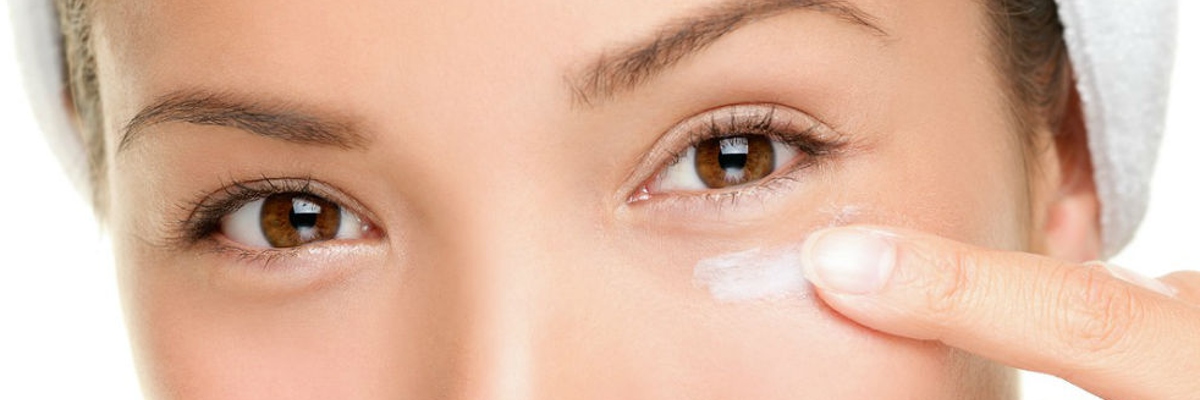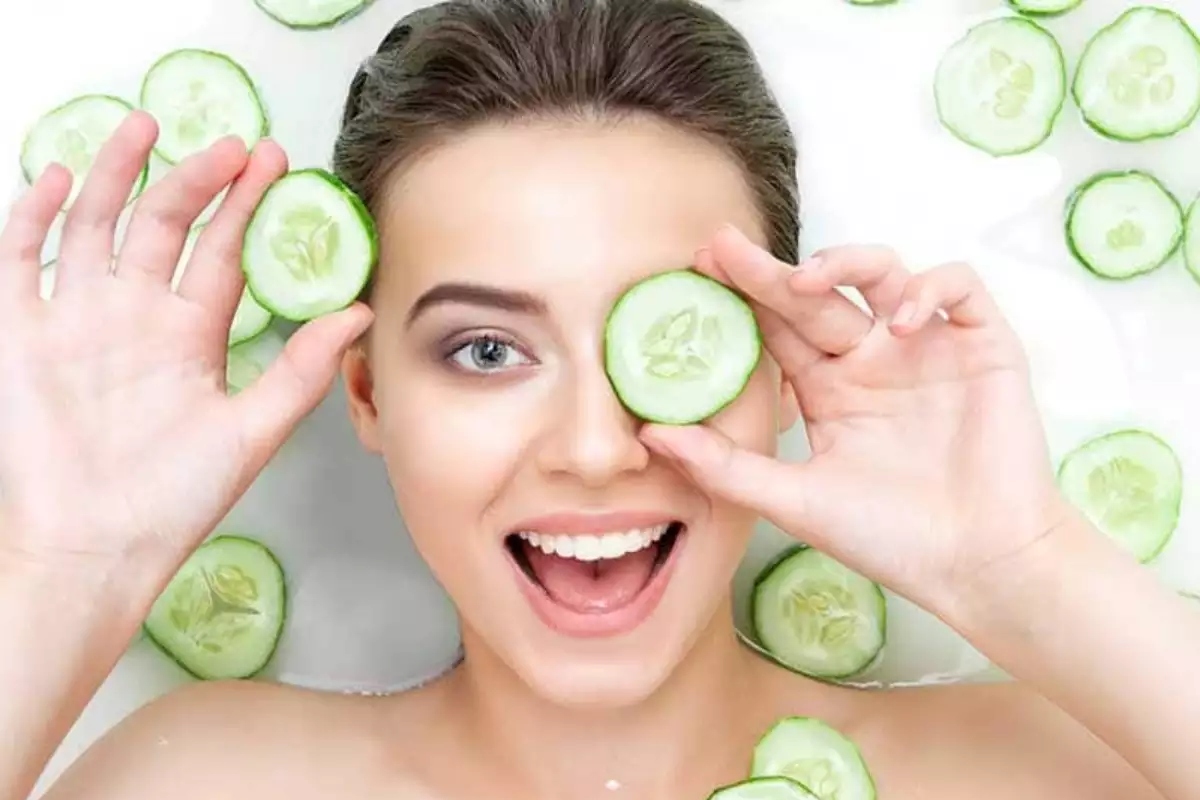Free shipping on orders over 45.00€
*Valid for orders up to 2kg
Free shipping on orders over 45.00€
*Valid for orders up to 2kg
Dark circles under the eyes are common in men and women. Often accompanied by "bags", dark circles can make you look bigger than you are.
While fatigue may seem like the most logical explanation for this condition, there are several factors that can contribute to dark circles under the eyes. In most cases, they are not a cause for concern and do not require medical attention.
Read on to find out more.
Dark circles under the eyes are very different in people. They often appear after a long outing due to lack of sleep or alcohol consumption. But there are a number of other causes that you should be aware of.
It is not surprising that the eye area is the first to be affected: the skin under the eyes is thin and at the same time the usual fatty tissue is missing.
Instead, there are many small blood vessels and lymph nodes. If the body is deprived of oxygen or fluids, the blood flows more slowly and darkens. Blood vessels now shine through the thin, almost transparent skin under the eyes.
Depending on the skin type, the eyeshadows are more brown or blue.
In some families, dark circles appear for hereditary reasons: This means that a particularly thin skin around the eyes has already been passed down through the genes.

There are several factors that contribute to dark circles. Some common causes include:
Fatigue - Fatigue
Sleeping too much, being too tired or just being sleepless can lead to dark circles under your eyes. Sleep deprivation can cause your skin to become dull and pale, allowing the dark tissues and blood vessels under your skin to show.
Lack of sleep can also cause fluid to build up under your eyes, making them look puffy. As a result, the dark circles you see may actually be shadows from your puffy eyes.
Age
Natural aging is another common cause of those dark circles under your eyes. As you age, your skin becomes thinner. You also lose the fat and collagen needed to maintain your skin's elasticity. As this happens, the dark blood vessels under your skin become more visible, causing the area under your eyes to darken.
Eye strain
Long hours in front of your TV or computer screen can cause significant strain on your eyes, leading to swelling of the blood vessels. As a result, the skin surrounding your eyes may darken.
Allergies
Allergic reactions and dry eyes can cause dark circles. When you have an allergic reaction, your body releases histamine in response to allergens. In addition to causing unpleasant symptoms—including itchy, red, and swollen eyes—histamine also dilates your blood vessels, making them more visible.
The allergies they can also increase your desire to rub and scratch your eyes. These actions can worsen your symptoms by causing inflammation, swelling and injured blood vessels. This can lead to dark shadows under your eyes.
Dehydration
Η dehydration is a common cause of dark circles under your eyes. When your body doesn't get the proper amount of water, the skin under your eyes starts to look dull and your eyes look sunken.
Overexposure to the sun
Overexposure to the sun can cause your body to produce excess melanin, the pigment that provides color to your skin. Too much sun - especially for your eyes - can cause darkening of the surrounding skin.
Genetic
Heredity also plays a role in the development of dark circles under your eyes. It can be an inherited trait that is seen early in childhood and can get worse as you get older or slowly disappear. Predispositions to other medical conditions — such as thyroid disease — can also lead to dark circles under your eyes.
Treatment for dark eye circles depends on the underlying cause. However, there are some home remedies that can help manage this condition. Some of the more common methods include:
For many people, dark circles are temporary and often a sign of aging or lack of sleep. Although there are several ways to improve the appearance of your eyes, dark circles are usually not a cause for concern. However, if the discoloration or swelling worsens over time, schedule a visit with your doctor or dermatologist to make sure the problem is properly diagnosed and you're getting the best treatment.
